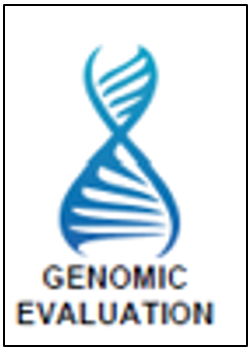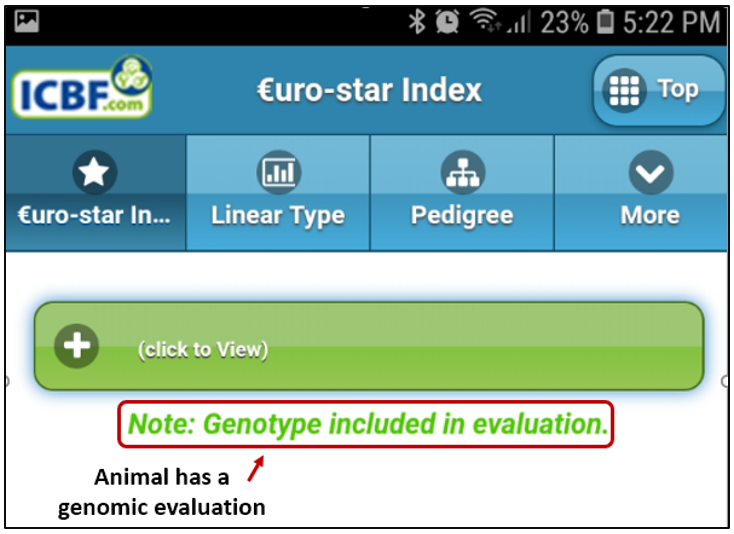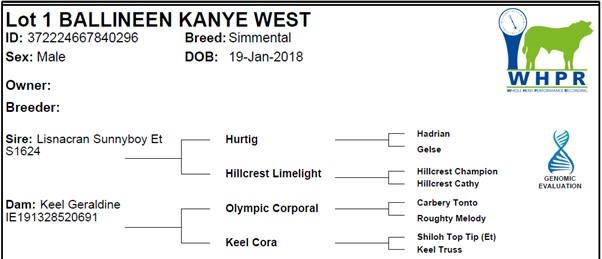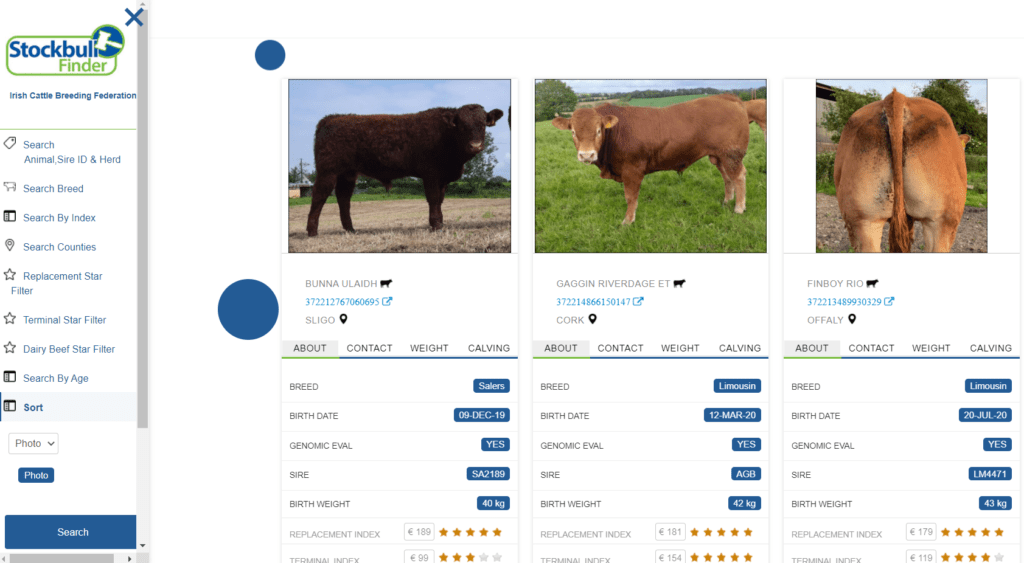30th June 2022 is the date by which BDGP herds using a stock bull must have an eligible bull in the herd. An eligible bull must be:
- at least 12 months old on 30th June 2022
- 4 or 5 stars on first genomic evaluation or genomic evaluation at the time of purchase.
If purchasing a stock bull in the coming weeks, ensure that the bull has a genomic evaluation and is 4 or 5 stars on the Replacement and/or Terminal Index. Bulls that receive a genomic evaluation after 30th June may still be eligible provided they are 4 or 5 stars once the genomic evaluation is published. This is risky, particularly where a bull is close to the 3-4 star cut-off, as the bull might drop to 3 stars on it’s first genomic evaluation and therefore be ineligible.
Other benefits of a genomic evaluation
Genotyping significantly increases the reliability figures for a young bull as well as confirming parentage and identifying any genetic defects. A tissue tag in the animal’s ear does not mean it has a genomic evaluation. If purchasing a bull at a sale, look for the DNA symbol on the upper right of the catalogue page with the words “Genomic Evaluation” (Figure 1). If purchasing a bull privately, search for the bull’s Euro-Star index on the ICBF Animal Search. If the bull has a genomic evaluation, you will see green text saying “Note: Genotype included in evaluation” (Figure 2).


Look for the ‘Whole Herd Performance Recording’ (WHPR) Logo.
Whole Herd Performance Recording is the Irish performance recording programme for pedigree beef herds. It is coordinated by the ICBF and its purpose is to collect large quantities of performance data from pedigree herds. This is done through extensive weight recording and linear scoring by trained personnel. Participating breeders are also committed to recording extra data on their animals such as birth weights, inseminations, etc. The benefit of performance recording is the resultant increases in reliability. The more data recorded on an animal the higher the reliability figures will be. This will result in less fluctuation in a bull’s Euro-Star Index. Look for the ‘WHPR’ logo in sales catalogues (see Figure 3) or the ICBF Animal Search.

ICBF Stock Bull Finder
The Stock Bull Finder is an application on the ICBF website which lists pedigree beef bulls that have been performance recorded as part of the WHPR programme. It allows you to search for bulls that meet specific criteria. You can also search for bulls by location by limiting the search to a certain county(s). The contact details for the owner of each bull are also available (see Figure 4).

The purchase of a new stock bull is a significant event for a suckler herd in terms of the initial financial outlay to purchase the bull as well as the impact that the bull will have on the future profitability of your herd.
It is therefore, so important that you purchase the right bull for your herd. Interpreting the Euro-Star Index correctly is a key part of the process. If you are unsure about how to properly interpret the Euro-Star Index, speak to somebody that can. You can talk to your agricultural advisor or call ICBF on 023-8820452 or email [email protected].
